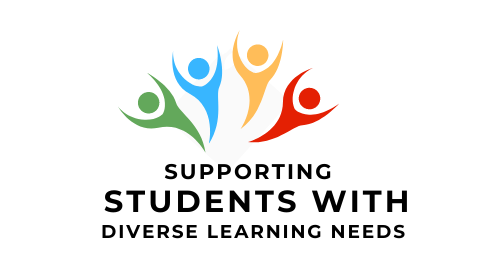Implementing UDL
Importance of Empathy
Empathy refers to the act of trying to understand another person’s perspective or experience. It involves considering what it would be like to be in another person’s place, or in a sense, to be another person.
Empathy is different from sympathy. Sympathy refers to how people believe they would feel if they experienced the characteristics or circumstances of another person. Alternately, empathy seeks to understand another person’s perspective from the other person’s viewpoint. The distinction between these two approaches is important because empathy seeks to understand someone else’s reality and reactions. It does not assume that the other person will behave or feel as we ourselves would in the same circumstances. Being empathetic requires active listening for, and consideration of, another person’s perspective or reality. Empathy is a strong vehicle for building understanding and for demonstrating respect for others who have differences from us.
Classroom climate has a strong impact on the experience of diverse learners. Increasing diversity is a reality in most classrooms today. Differences in ability, learning styles, educational and cultural backgrounds, among other factors, mean that it is even more important for faculty to get to know their students. By doing so, faculty are able to understand better how students learn, when they are experiencing challenges, and what solutions may work for them.
Research indicates that instructors’ attitudes towards students’ diverse needs and their interactions with students were more impactful to students than any other accommodation or support (Orr, 2009).
When students felt that their instructors were:
- approachable,
- viewed accommodation as a regular part of classroom practice, and
- viewed student learning and success as a central focus,
- students were more likely to seek support and to feel a part of the classroom community.
Importance of Clear Course Goals
Before working to apply the principles of UDL in your classroom, it is essential that instructors have a clear and concrete understanding of their course goals.
- What are the essential learning outcomes of the course?
- What skills and competencies will students be required to demonstrate at the end of the course?
- What knowledge will students be required to know?
- What knowledge will students be required to know how to access or find?
